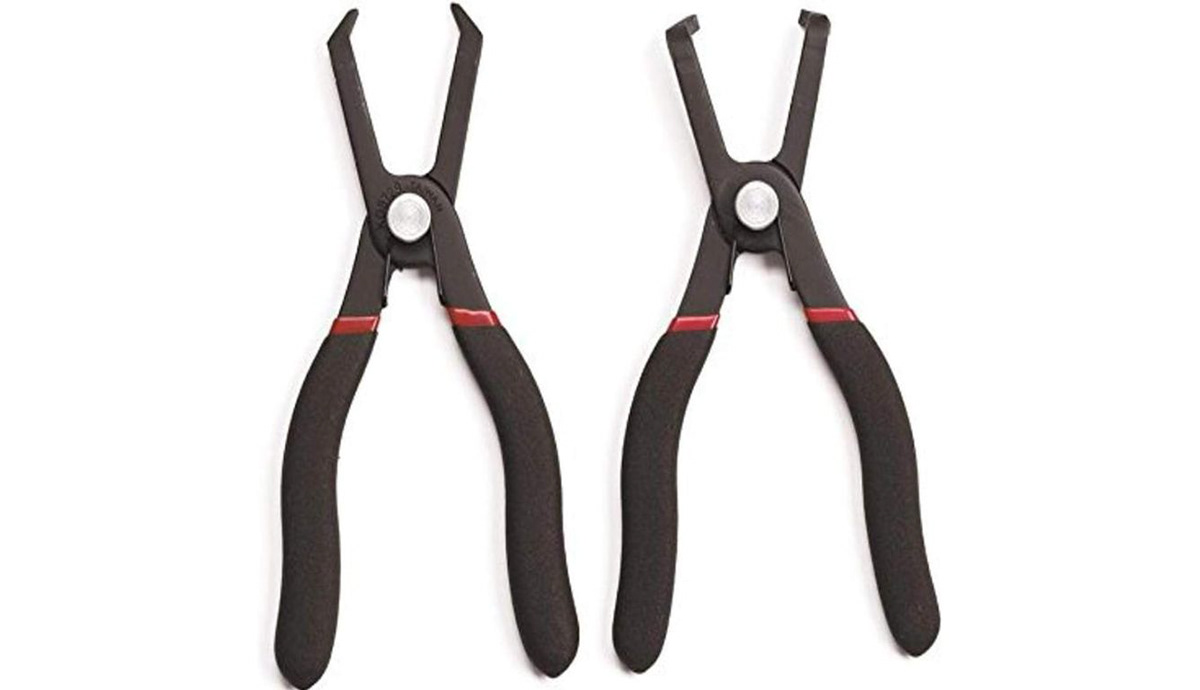Unlocking Possibilities: A Guide to Rivet Removal
Rivets, those sturdy fasteners that join materials together, serve a crucial role in construction, manufacturing, and various DIY projects. However, there comes a time when the need arises to disassemble or replace riveted components. Rivet removal becomes a skill in itself, requiring the right tools and techniques. In this post, we'll explore the art of rivet removal, covering methods, tools, and safety considerations.

I. Understanding Rivets
Before diving into the removal process, it's essential to understand the types of rivets commonly encountered:
Solid Rivets: These are the traditional rivets with a cylindrical shaft and a head on one end. They are commonly used in structural applications.
Pop Rivets (Blind Rivets): These are versatile rivets that are installed from one side, making them ideal for situations where access is limited.
II. Methods of Rivet Removal
Several methods can be employed to remove rivets, depending on the type and accessibility:
Drilling: The most common method involves drilling out the center of the rivet. This weakens the grip and allows for easy removal.
Grinding: Using a grinder to remove the head of the rivet can be effective, especially for protruding rivets.
Punching: For solid rivets, a punch can be used to deform the head, making it easier to remove.
Chiseling: Chiseling is effective for removing large or stubborn rivets, particularly those with damaged heads.
III. Tools for Rivet Removal
Choosing the right tools is crucial for a successful rivet removal process:
Drill: A drill with the appropriate bit size is a primary tool for removing rivets by drilling out the center.
Grinder: A grinder with a cutting wheel can be used to grind away the head of the rivet.
Punch: A punch is handy for creating an indentation on the rivet head, making it easier to drill.
Chisel: For solid rivets, a chisel and hammer can help deform the head for removal.
IV. Safety Considerations
Rivet removal involves tools that can be potentially hazardous. Here are some safety tips:
Protective Gear: Wear safety glasses to protect your eyes from debris and gloves to shield your hands.
Secure Workpiece: Ensure the workpiece is securely clamped or held in place to prevent movement during the removal process.
Mind the Surroundings: Be aware of the environment, especially if using power tools. Clear the area of potential hazards.
